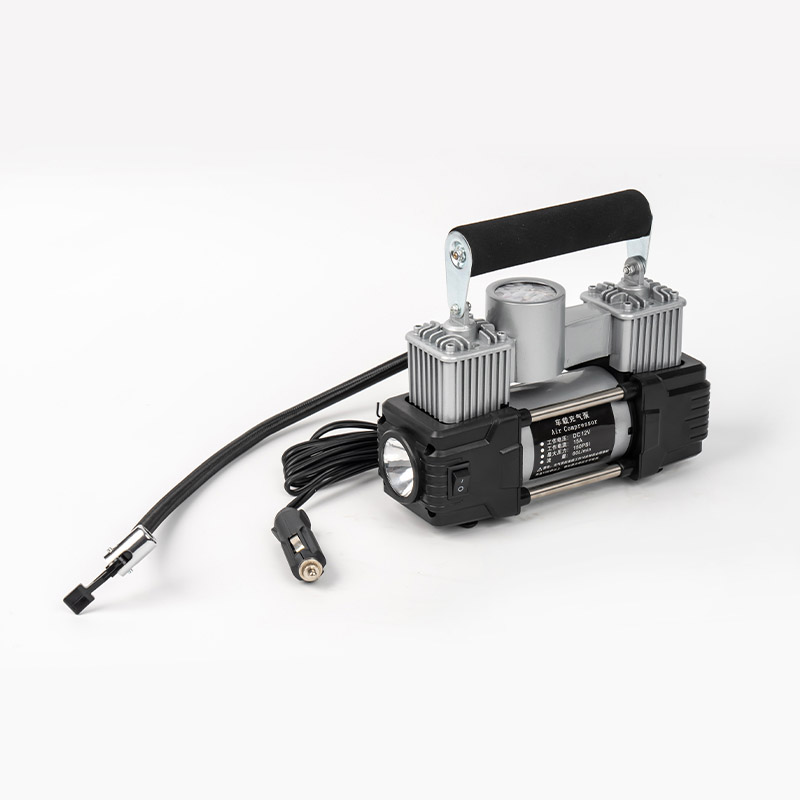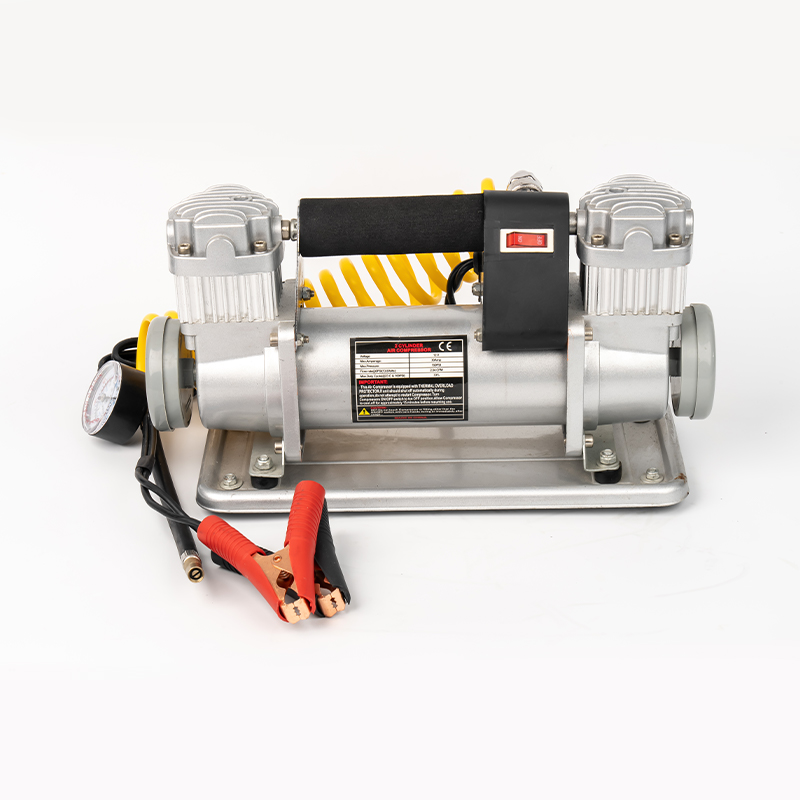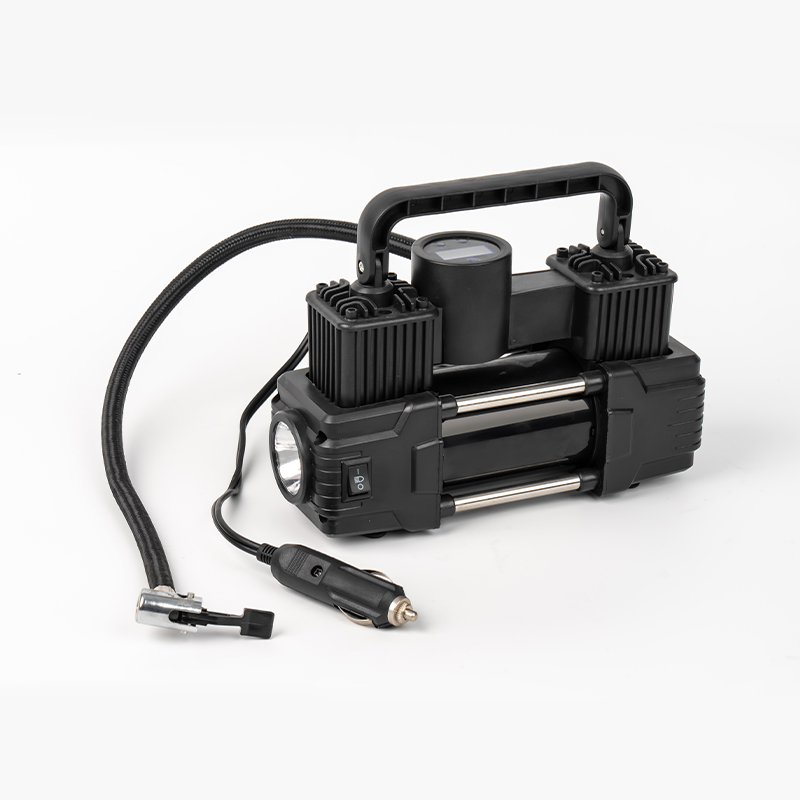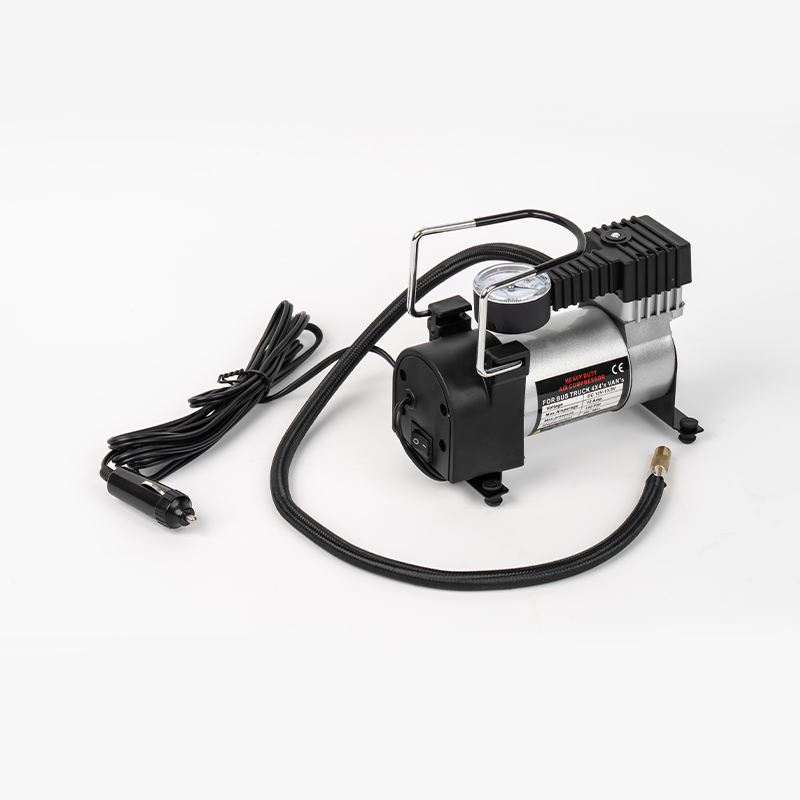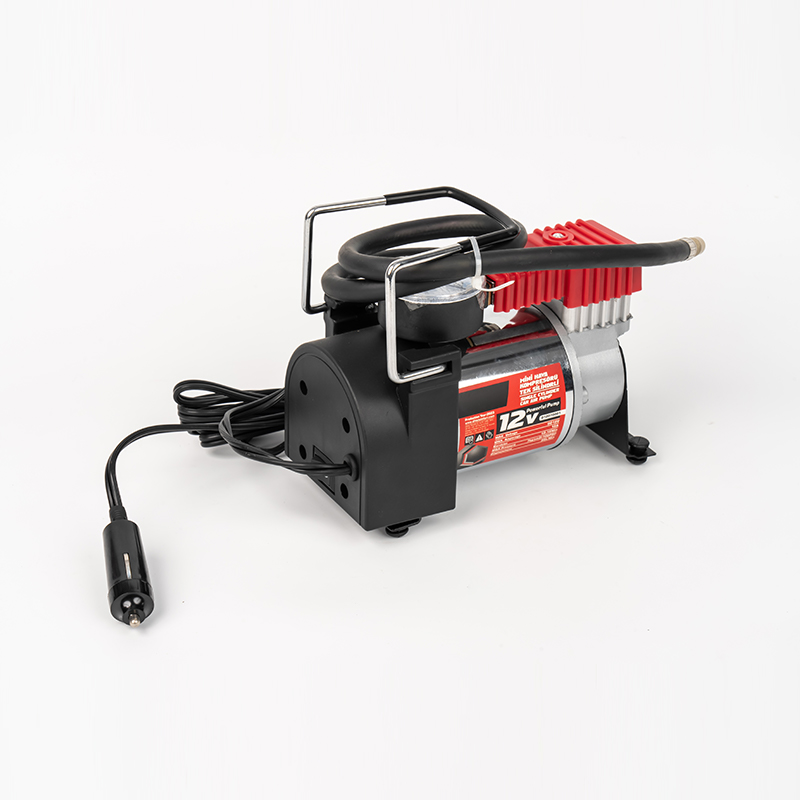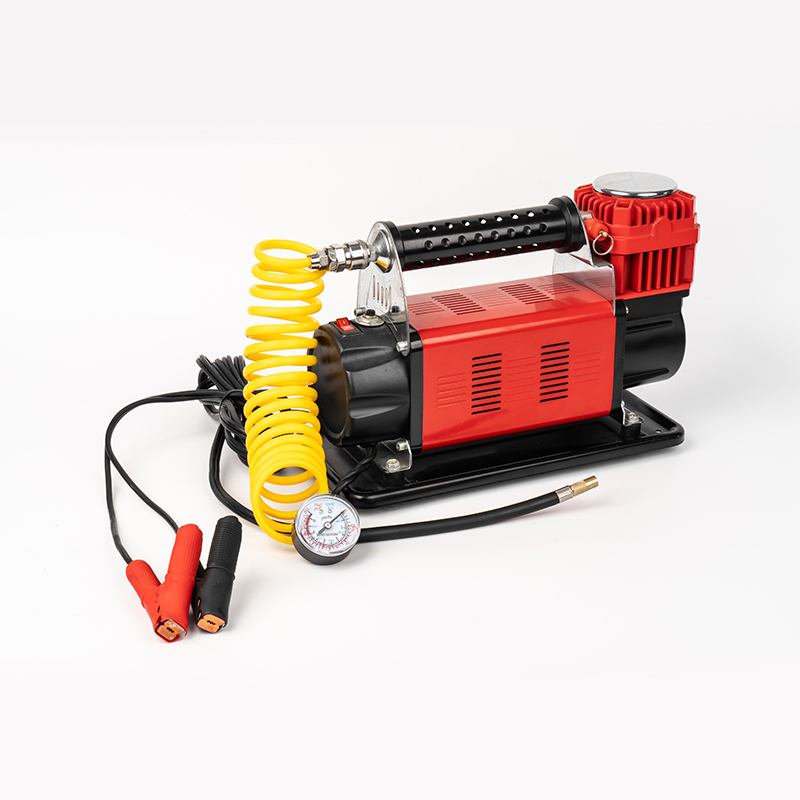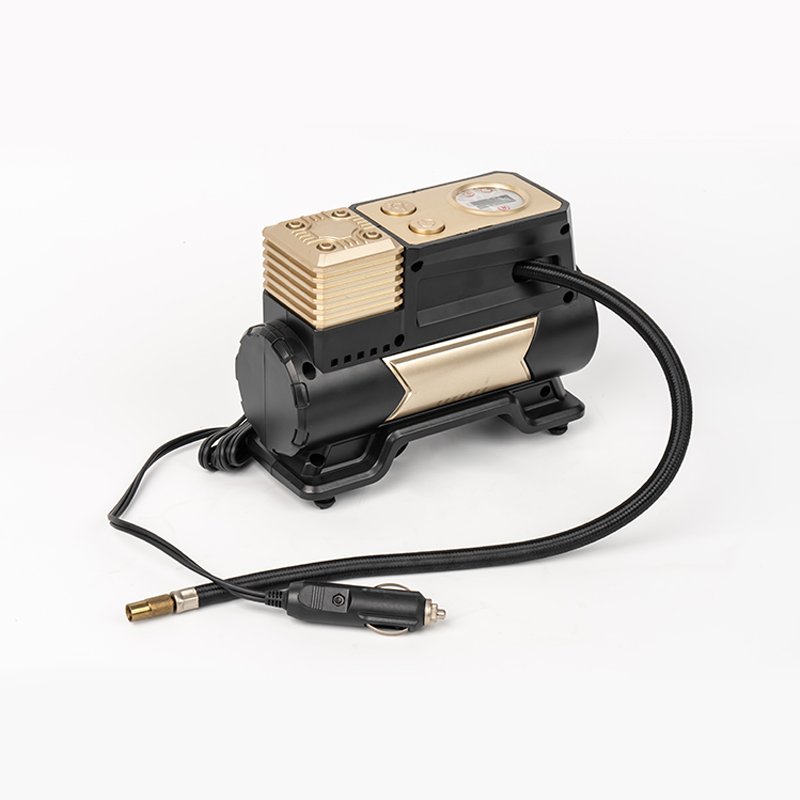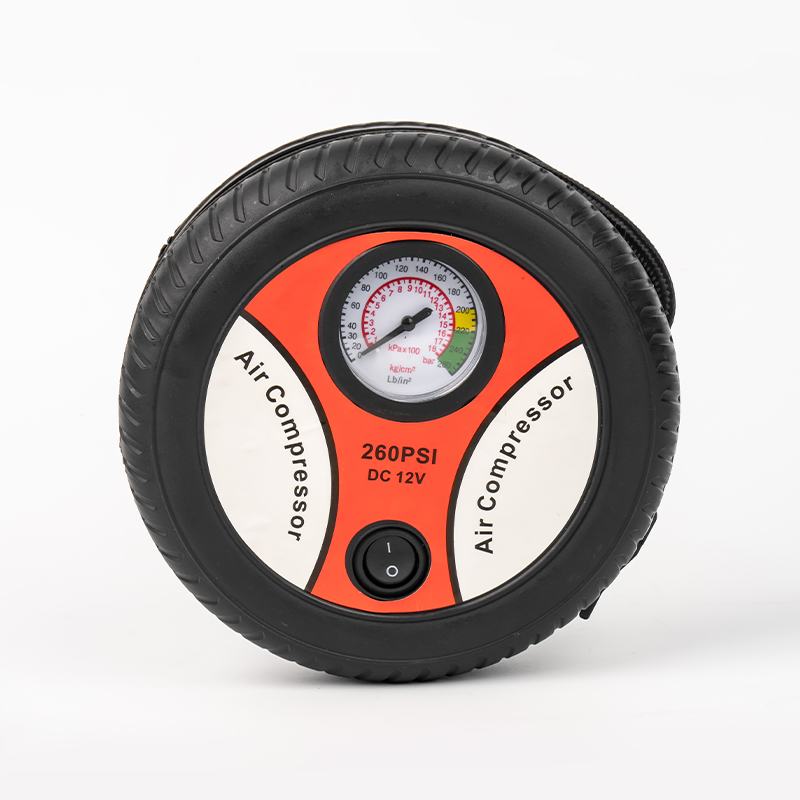Maintaining proper tire pressure is essential for vehicle safety, fuel efficiency, and tire longevity. An Automotive Tire Inflator is a practical tool for this task, but users often commit errors that can lead to suboptimal performance or safety hazards.
Incorrect Pressure Management
One of the primary areas where errors occur is in managing tire pressure. This includes inaccuracies in measurement and application.
-
Failing to Refer to Manufacturer Recommendations: Many users do not check the vehicle’s placard or owner’s manual for the correct PSI (pounds per square inch) range. Inflating tires without this reference can result in underinflation or overinflation.
-
Ignoring Cold Tire Conditions: Tire pressure should be measured and adjusted when tires are cold, as heat from driving increases pressure. Using an Automotive Tire Inflator on warm tires can lead to inaccurate readings and improper inflation.
-
Overlooking Regular Pressure Checks: Some individuals only use an Automotive Tire Inflator when a tire appears visibly low, neglecting routine monthly checks. This can cause gradual pressure loss, affecting handling and wear.
Safety and Operational Errors
Improper handling of the Automotive Tire Inflator can compromise safety and device functionality. Common mistakes in this category include:
-
Disregarding Personal Protective Equipment: Users may omit safety glasses or gloves, increasing the risk of injury from flying debris or high-pressure air releases.
-
Incorrect Attachment of the Inflator Hose: A loose or misaligned connection to the tire valve stem can lead to air leaks, inaccurate pressure readings, or damage to the valve.
-
Neglecting to Monitor the Pressure Gauge During Use: Operating the Automotive Tire Inflator without continuously watching the gauge can result in overinflation, which may cause tire damage or blowouts.
Maintenance and Storage Oversights
The longevity and accuracy of an Automotive Tire Inflator depend on proper care, yet users often overlook these aspects.
-
Failing to Calibrate or Test the Device: Over time, the pressure gauge on an Automotive Tire Inflator can become inaccurate. Not verifying its accuracy against a known standard can lead to consistent inflation errors.
-
Improper Storage Practices: Storing the Automotive Tire Inflator in environments with extreme temperatures, moisture, or dust can degrade its components, affecting performance and reliability.
-
Ignoring Hose and Connector Inspections: Cracks, leaks, or wear in the hose and fittings are often missed, which can reduce the efficiency of the Automotive Tire Inflator and pose safety risks.
Avoiding these common mistakes—such as incorrect pressure management, safety oversights, and maintenance neglect—can enhance the effectiveness and safety of using an Automotive Tire Inflator. Adhering to manufacturer guidelines and regular inspections ensures optimal tire health and vehicle performance.

 English
English Español
Español عربى
عربى Türk
Türk
